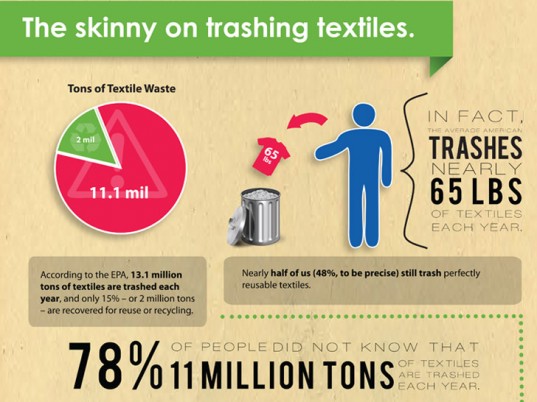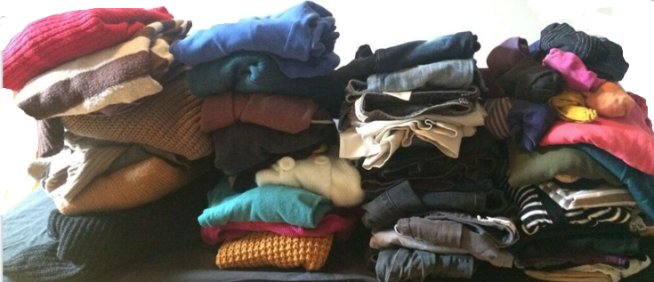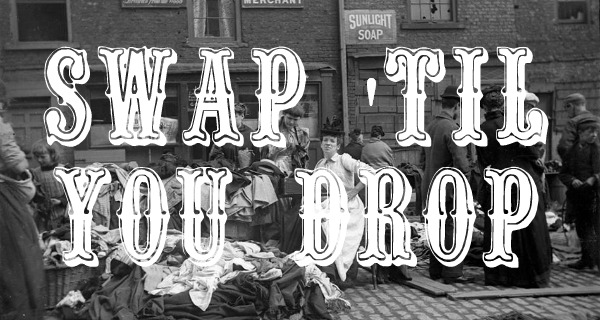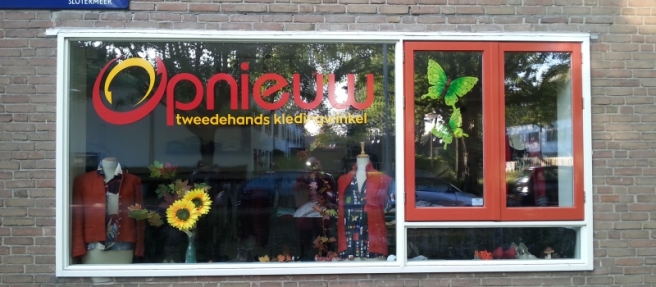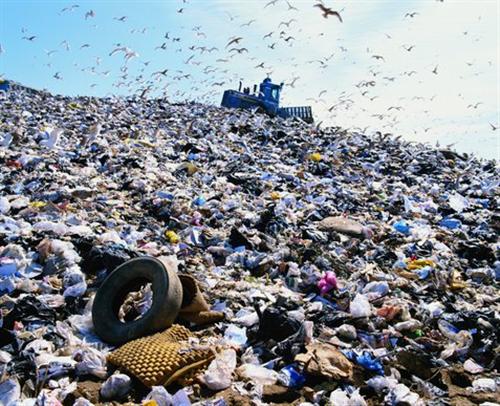In this blogpost I will explain how to get rid of paper-based spam in an environmental friendly way for anyone living in Holland.
So, spam. We all get those annoying unsolicited emails – luckily I haven’t been seeing any of those as my spam filters are really good at getting rid of them. But real life spam, well, that’s kind of in your face. You know, all that stuff you don’t need and yet gets shoved into your mailbox over and over. Advertising brochures, newspapers, you name it. A clutter of stuff amongst which you ought to fish out potentially important documents you might be expecting.

And while electronic spam can just be easily filtered out and deleted, paper-based spam has to be printed, then distributed, only to then be maaaaaybe read a bit but for sure to be thrown away quite quickly, regardless of whether it’s read or not. According to the Milieu Centraal,
an average household in Holland receives approx. 66 kgs of unsolicited brochures and newspapers a year.
Yikes. It’s true though, this is the 3kg stack I have collected in about 3 weeks:
In the same article they also say that 30% of households throw things away without reading. Another yikes. That seems pretty wasteful. So basically it’s a pile of unnecessarily printed papers. And I don’t even dare to imagine the % that isn’t disposed of correctly (paper goes in paper recycling, but only after you take off the plastic wrapping…).
However, there is a solution! A spam filter for your mail does exist!
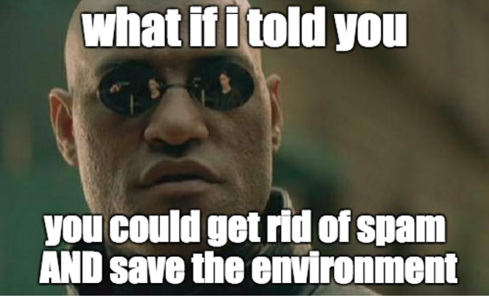
The answer has been in front of you all along. Those with an eye for detail might have already spotted it above on the first picture that there are some well-groomed mailboxes in between the ones that are vomiting out spam. Their secret? It’s the wonderful NO NO sticker depicted below which acts as spam filter for your real-life mailbox. The first NO is about advertising brochures without specifically being addressed to you, and the second NO is about house-to-house newspapers – I guess in case you are an expat in Holland and don’t plan to learn Dutch from a magazine this is something you really don’t need in your life. But it’s available in a NO YES option too, just in case you wonder.

I bet now you’re thinking: ‘Ok great, so I won’t have to go through all the unsolicited mail, but it still gets printed and thrown away somewhere else… so where does the real environmental value come in?’ Well, I have good news for you. This is the best part in the whole thing, because what happens is that the producers of these papers are updated with the number of addresses that have these stickers, and will decrease production accordingly. So basically,
the more stickers are put up, the less paper-spam will be produced.
A-ma-zing. Intrigued? Wanna get a sticker for yourself? Here’s how:
-
either walk into your Gemeente and pick up one for free – more info in Dutch here
-
or for the lazy internet people you can just order one online for example here
Mine just arrived today! I am saying NO NO to spam, and YES YES to the environment! Bonus point: this will also massively cut down on the frequency with which I need to empty my paper recycling bin 🙂




